Etsy Expands Payments Policy Globally; Instant Transfers Go Live for US Sellers
Reading Time: 3 minutesWhat’s changed Etsy has rolled out major updates to its Etsy Payments…
Black Friday and Cyber Monday (BFCM) have always been critical moments in eCommerce, but in 2025, they carry a different weight. These events don’t just boost seasonal sales; they often decide whether brands meet their annual revenue targets. For WooCommerce merchants, the impact is even sharper. Surveys show that nearly half of Woo sellers generate up to 30% of their annual revenue during BFCM, while 8% say it accounts for more than half. That means a strong or weak holiday season can set the tone for the year ahead.
But succeeding this year requires more than offering deeper discounts. Consumer behaviors and expectations are evolving fast. In 2024, over 54% of online holiday sales happened on mobile devices, exposing a UX gap that stores need to close. Flexible payment methods like Buy Now, Pay Later (BNPL) surged to $18.2 billion in holiday purchases, up 17% year-over-year, proving that affordability is just as important as discounts. And for the first time ever, WooCommerce merchants ranked site performance optimization above inventory management as their top BFCM priority — showing that speed now matters as much as stock.
This playbook on black friday marketing strategy for WooCommerce is designed to help WooCommerce sellers navigate this new landscape. It’s a strategic guide covering the four phases of BFCM success: prepare, activate, convert, and retain. Because in 2025, the winners won’t just be the sellers with the loudest discounts — they’ll be the ones who build fast, personalized, and lasting shopping experiences.
The smartest WooCommerce sellers don’t wait until November to fix problems; they start in June by analyzing last year’s performance. Review your 2024 BFCM numbers: Which products sold out? Where did shoppers abandon carts? Which devices performed best? If your mobile abandonment rate was higher than that of desktop, you know exactly where to focus. Benchmark your KPIs now so you can measure improvement later.
CedCommerce Tip: Build reports segmented by channel, device, and funnel stage to understand not just what happened, but why.
Vague targets like “increase sales” won’t cut it during BFCM. Instead, adopt SMART goals: specific, measurable, achievable, relevant, and time-bound. When you define success clearly, every campaign decision — from discounts to UX tweaks — aligns with measurable outcomes.
Even as performance takes center stage in 2025, inventory remains critical. Nothing frustrates a shopper more than buying an item that turns out to be out of stock. Black friday marketing strategy for WooCommerce sellers should involve forecasting demand using last year’s sales data and restocking early. But inventory isn’t just about having enough — it’s about keeping it consistent across platforms. With CedCommerce, you can synchronize stock in real-time across WooCommerce, Amazon, Walmart, TikTok Shop, and more. That means if 50 units sell on TikTok, your Woo store updates instantly, preventing overselling and protecting customer trust.
Speed is no longer negotiable. Studies show a 1-second delay reduces conversions by 7%, and during BFCM, that’s revenue you can’t afford to lose. In 2024, one-third of sellers listed performance optimization as their top black friday marketing strategy for WooCommerce, ahead of even inventory. Sellers should invest in WooCommerce-optimized hosting, activate CDNs to reduce latency, and implement lazy-loading for heavy media files.
CedCommerce Tip: Stress-test your sites in September, because once traffic spikes, there’s no room to fix bottlenecks.
With more than half of holiday purchases happening on mobile, WooCommerce stores must prioritize mobile-first design. That means responsive themes, AMP-enabled product pages, and mobile wallets. Gen Z in particular won’t tolerate clunky mobile checkouts. In black friday marketing strategy for WooCommerce 2025, frictionless mobile shopping isn’t an advantage — it’s survival.
Waiting until Thanksgiving weekend to launch your sales is a mistake. 45% of consumers start looking for deals before November, and brands that start early capture that demand. WooCommerce sellers should roll out teaser promotions, “early bird” discounts for loyalty members, and targeted ads to abandoned carts weeks before the big weekend. This not only builds momentum but also reduces the pressure on servers and fulfillment during the peak shopping days.
Generic 20% discounts no longer impress shoppers. Consumers now expect personalization — offers that reflect their interests, behavior, and loyalty. Segment your WooCommerce email lists by purchase history, cart activity, and demographics.
CedCommerce Tip: Send a “Back in stock” alert to customers who viewed but didn’t buy a product last year. Or trigger a cart recovery discount specifically for repeat customers.
Instead of racing to the bottom with blanket discounts, design promotions that protect margins while encouraging bigger baskets. Tiered pricing (e.g., spend $100 and save $20), BOGO bundles, and free shipping thresholds are proven strategies. WooCommerce plugins make these campaigns easy to implement, while CedCommerce ensures they sync seamlessly across channels. The goal isn’t just to move inventory — it’s to raise AOV and strengthen customer loyalty without eroding profit.
One of the fastest-growing holiday trends is BNPL. In 2024, U.S. shoppers spent $18.2 billion using BNPL during the holiday season, with 79% of those transactions happening on mobile. This trend is driven largely by Gen Z and Millennials, who prefer flexibility without credit card debt. Pair this with express checkouts like Apple Pay, and you’ll reduce abandonment at the most critical stage.
Shoppers respond to urgency, but poorly executed tactics can feel manipulative. Instead of shouting “limited stock” everywhere, use urgency strategically: countdown timers for flash sales, low-stock alerts for high-demand items, or “X people are viewing this” notifications. These signals push undecided buyers over the edge without creating distrust.
When traffic peaks, complexity kills sales. A checkout process with too many steps or required account creation can increase abandonment dramatically. During BFCM, WooCommerce sellers should enable guest checkout, streamline forms, and keep the flow to no more than 2–3 steps. Offering multiple gateways, from credit cards to digital wallets and BNPL, gives shoppers the flexibility to pay how they want.
Every abandoned cart during BFCM is a missed opportunity — unless you act immediately. Send an email within an hour with a personalized discount code, or run dynamic ads reminding shoppers of what they left behind. The faster you retarget, the higher the chance of recovery.
Traffic surges don’t always go as planned. Servers slow down, checkout pages error out, or a bestseller oversells. Sellers who monitor in real time can pivot fast. CedCommerce dashboards allow Woo merchants to track server load, SKU velocity, and checkout errors on one screen. If one SKU is selling out faster than forecast, you can instantly adjust pricing or marketing to balance demand. BFCM winners aren’t the sellers who never face problems — they’re the ones who react faster than everyone else.
Customer service can make or break conversions during high-pressure sales. A shopper with a question about shipping won’t wait three days for a reply. That’s why Woo sellers should invest in live chat or AI-powered chatbots to provide instant answers during BFCM.
CedCommerce Tip: Pre-load FAQs and set up chat triggers so customers feel supported, not abandoned, during the busiest shopping weekend of the year.
The post-purchase experience is often overlooked, but it’s where loyalty is either built or broken. Instead of waiting for “Where’s my order?” emails, send proactive shipping updates and set clear delivery expectations. Even if delays occur, transparency earns trust. Surprise customers by delivering earlier than promised — it’s one of the simplest ways to turn one-time buyers into repeat fans.
Holiday shoppers don’t have to be one-time opportunists. With the right retention strategy, they can become part of your brand community. Launch loyalty programs that reward repeat purchases, offer points for reviews, or give VIPs early access to Christmas promotions.
Post-purchase is also the perfect time to capture social proof. Encourage customers to share reviews, photos, or unboxing videos, and incentivize them with discounts or loyalty points. This user-generated content not only builds trust but also fuels your TikTok, Instagram, and WooCommerce marketing for Q1.
Finally, don’t let holiday shoppers go dormant. Use targeted follow-ups in January with limited-time offers, bundle promotions, or subscription discounts. Studies show that post-purchase campaigns can increase customer lifetime value by up to 40%. By keeping customers engaged in the new year, Woo sellers turn seasonal spikes into long-term growth.
The holiday numbers tell a clear story. In 2024, online holiday sales reached $241.4 billion, with mobile accounting for more than half. BNPL surged 17% year-over-year, proving flexible payments are reshaping holiday commerce. Nearly three-quarters of WooCommerce merchants said BFCM makes up more than 20% of their annual revenue, and one-third now rank performance optimization above inventory as their top priority.
The message is simple: Sellers who prepare early, activate smartly, convert seamlessly, and retain customers after the sale are the ones who thrive. Everyone else risks leaving millions on the table.
Q1. How early should WooCommerce stores prepare for BFCM?
By June. Bigger merchants are three times more likely to start months ahead, and they consistently outperform last-minute planners.
Q2. Should WooCommerce stores offer BNPL during BFCM?
Yes. BNPL drove $18.2B in 2024 holiday purchases, lifting AOV by up to 60%. Woo sellers offering Klarna, Affirm, or PayPal Pay in 4 are meeting consumer expectations head-on.
Q3. How can WooCommerce stores reduce cart abandonment?
Simplify checkout, enable guest checkout, add BNPL and wallets, and retarget abandoners within hours using personalized offers.
Q4. Why partner with CedCommerce for BFCM?
Because CedCommerce doesn’t just provide plugins — it delivers an integrated strategy, helping sellers optimize performance, personalize offers, and keep their store across channels working smoothly all year.
BFCM 2025 is no longer a one-weekend sprint. It’s a strategic marathon where success depends on early preparation, smart activation, seamless conversions, and strong post-purchase momentum.
WooCommerce sellers who approach it as a long game — with CedCommerce as their growth partner — won’t just win November. They’ll build the systems, loyalty, and multichannel presence that drive year-round success.

Reading Time: 3 minutesWhat’s changed Etsy has rolled out major updates to its Etsy Payments…
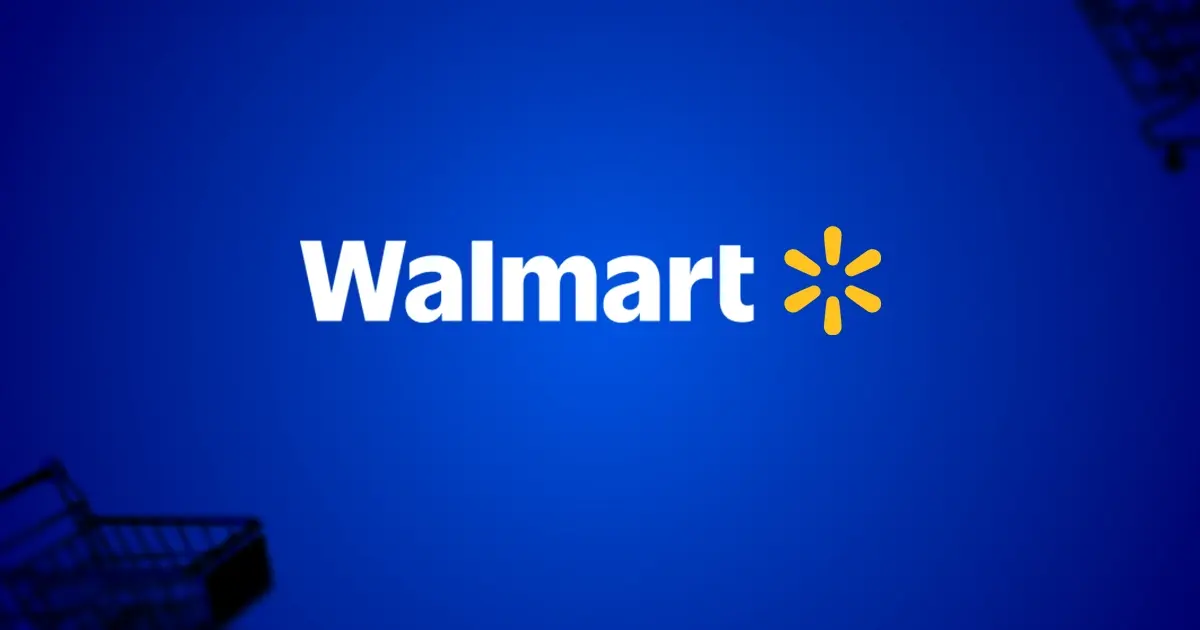
Reading Time: 2 minutesWhat’s changed Walmart has introduced a new Shipping Score metric within its…
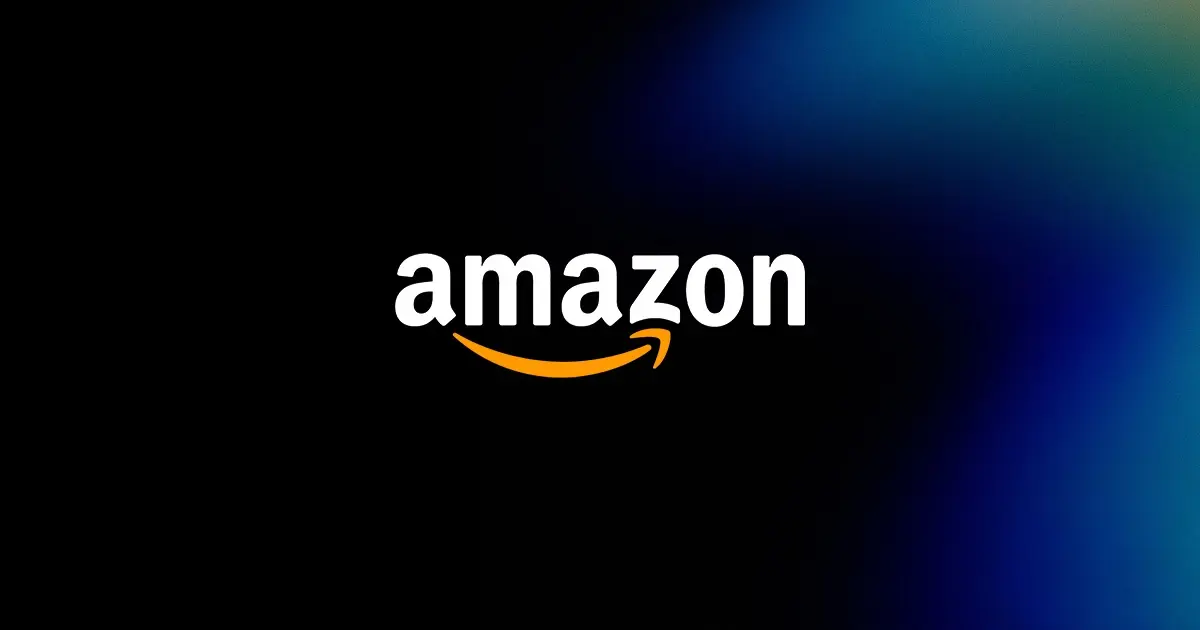
Reading Time: 3 minutesWhat’s changed Amazon has announced an additional $35 billion investment in India…

Reading Time: 4 minutesAbout the Brand: 40ParkLane LLC Studio40ParkLane is a design-led print-on-demand brand created…
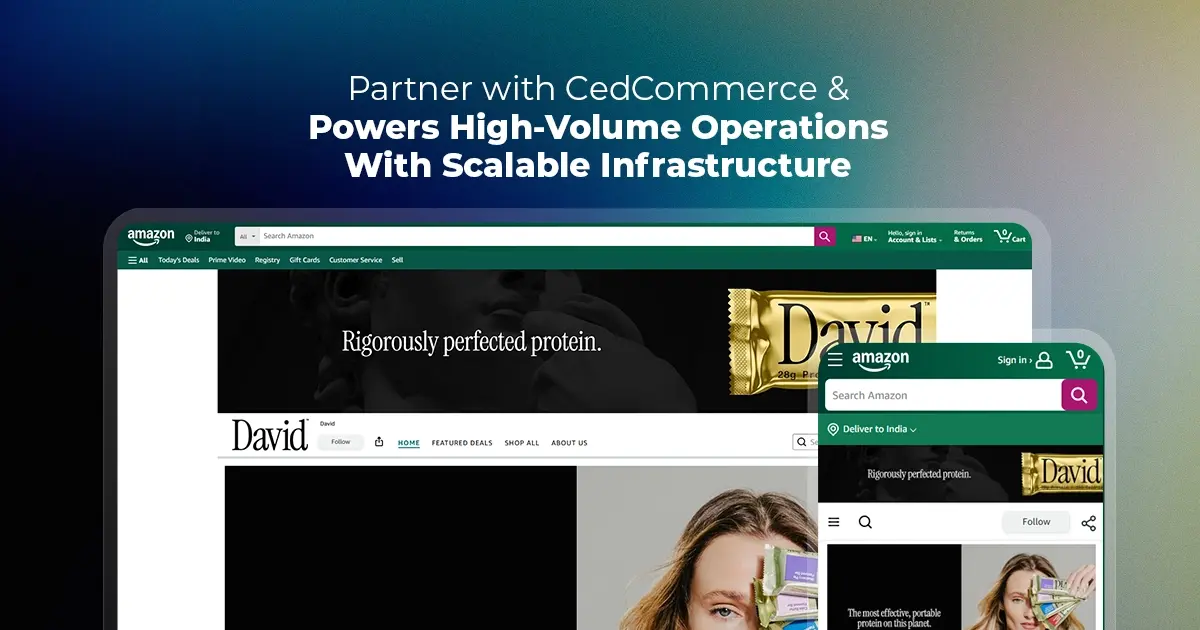
Reading Time: 3 minutesAbout the Company Brand Name: David Protein Industry: Health & Nutrition (Protein…
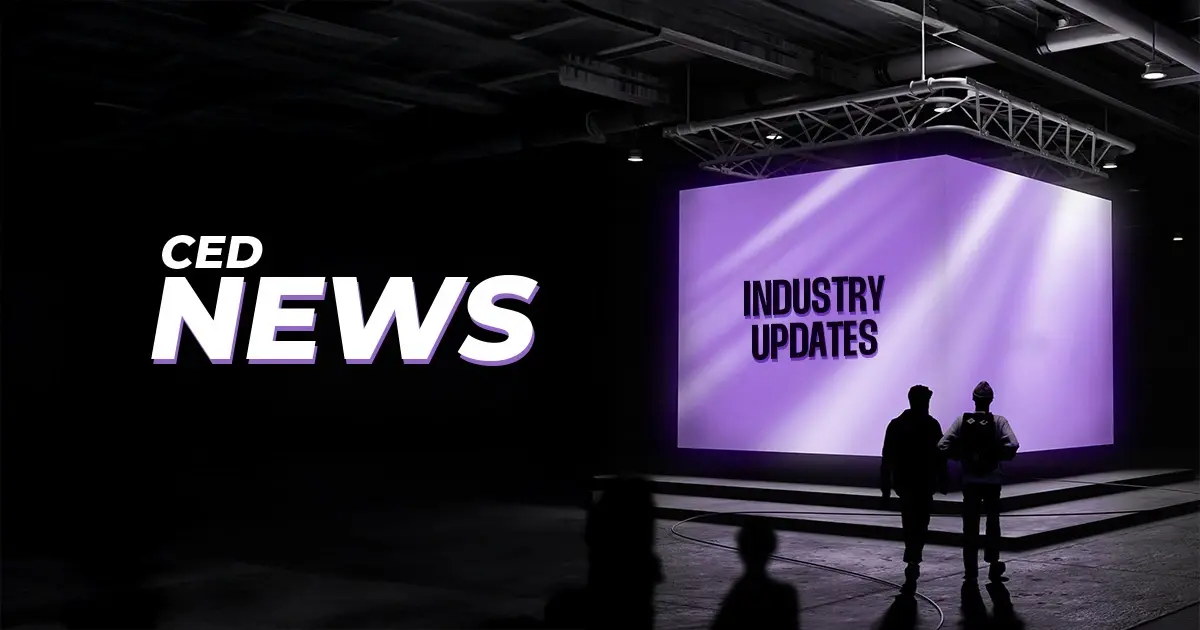
Reading Time: 3 minutesOnline retail spending in Germany is entering a renewed growth phase after…

Reading Time: 4 minutesTikTok Shop has released a comprehensive Beauty and Personal Care Products Policy,…

Reading Time: 4 minutesTikTok Shop has formally outlined comprehensive requirements for expiration date labeling and…

Reading Time: 3 minutesTikTok Shop is raising its sales commission for merchants across five active…

Reading Time: 11 minutesBy now you have seen your BFCM 2025 numbers. The harder question…
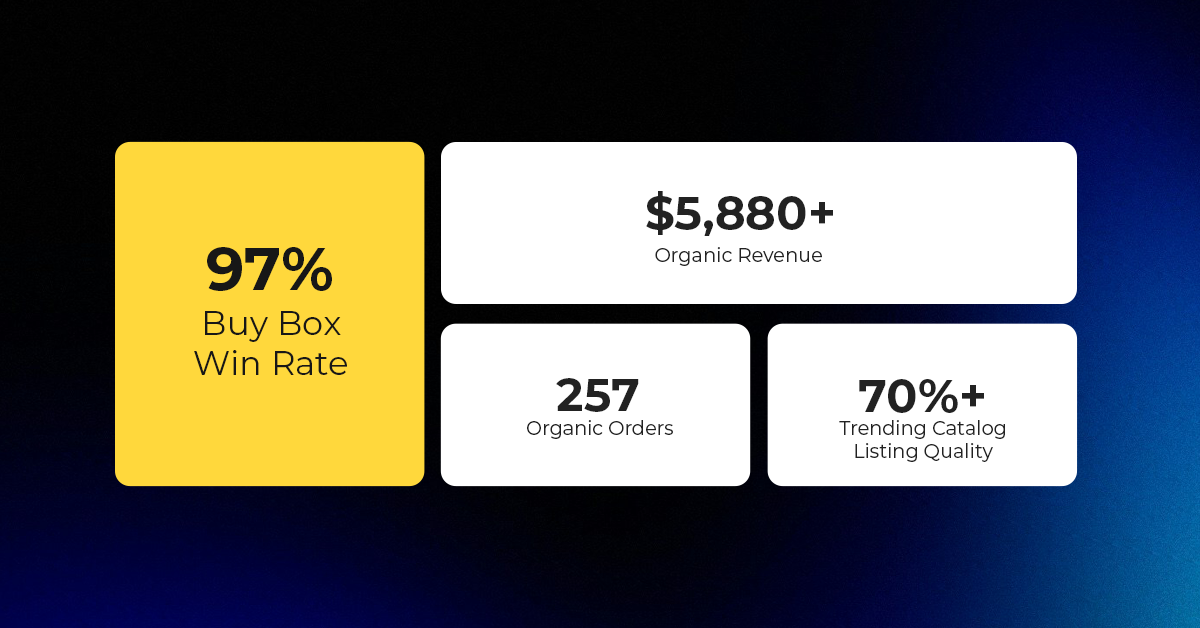
Reading Time: 3 minutesAbout the Brand Name: Vanity Slabs Inc Industry: Trading Slabs- Vanity Slabs…
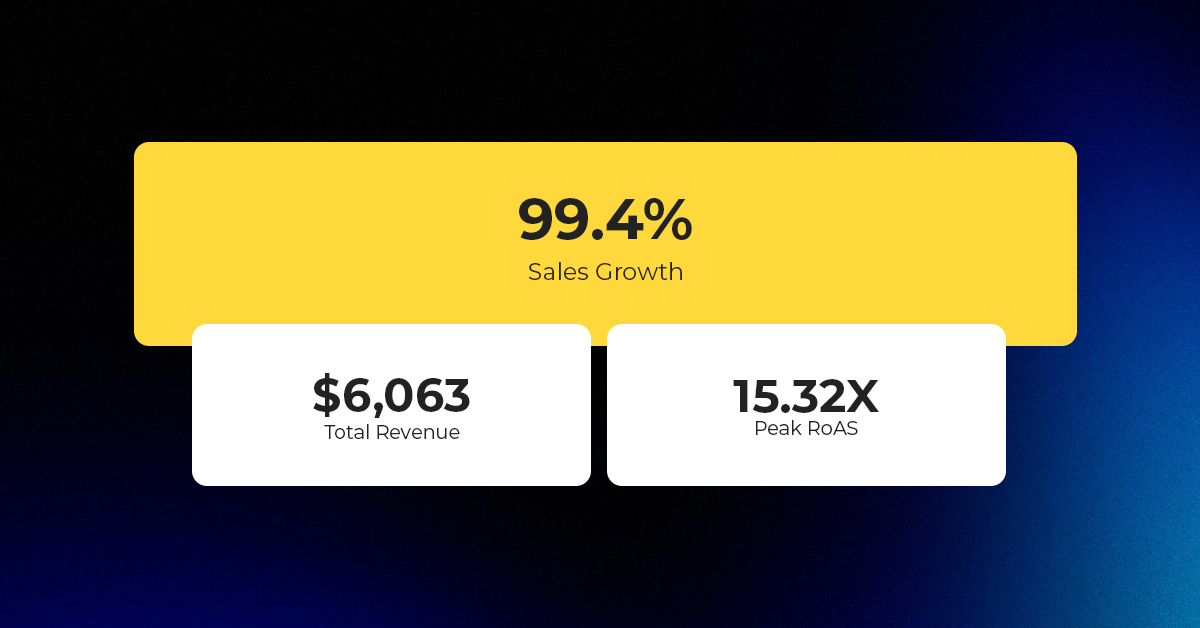
Reading Time: 2 minutesAbout the Brand Name: Ramjet.com Industry: Automotive Parts & Accessories Location: United…

Reading Time: 2 minutesAmazon is rolling out strategic referral fee reductions across five major European…
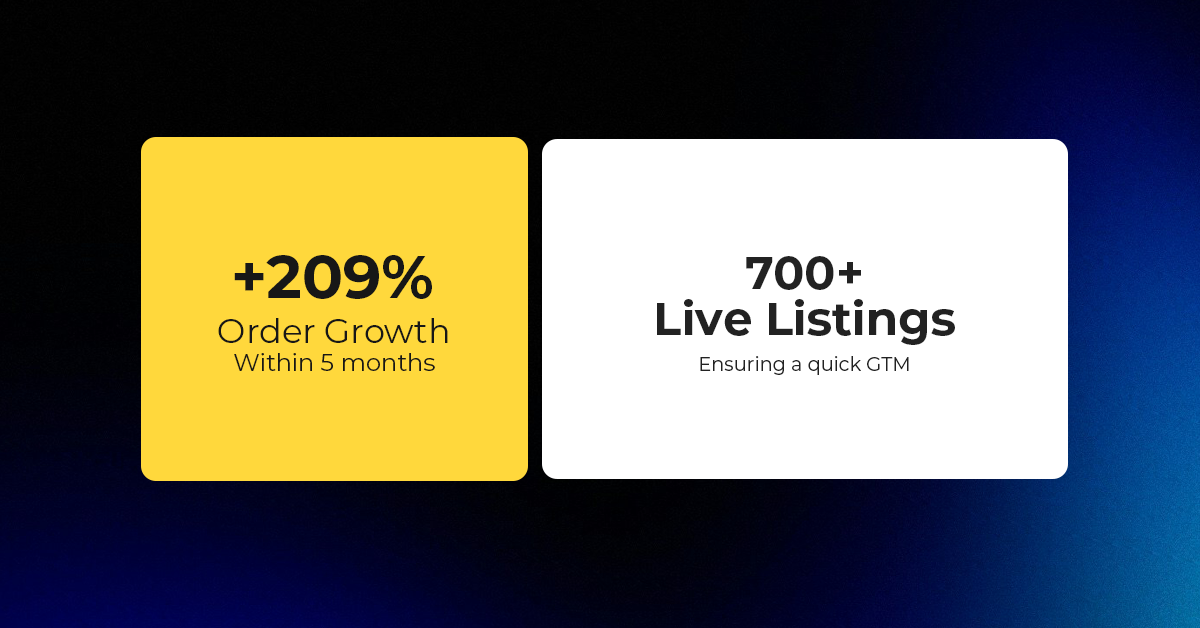
Reading Time: 4 minutesQuick Summary: Scaling Lifestyle Powersports on eBay with CedCommerce Challenge: Zero marketplace…

Reading Time: 4 minutesTikTok has surpassed 460 million users across Southeast Asia, reinforcing its position…
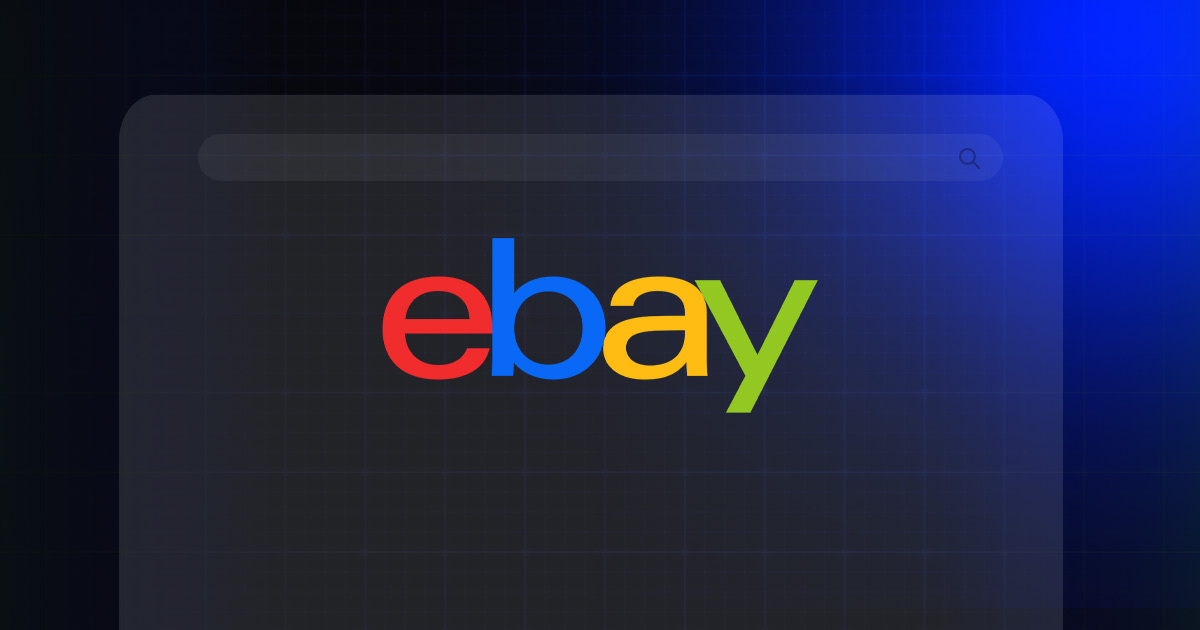
Reading Time: 3 minuteseBay has released its final seller news update for 2025, with a…

Reading Time: 3 minutesAmazon has clarified its stance regarding speculation around a potential breakup between…

Reading Time: 4 minutesWalmart is accelerating its push into next-generation fulfillment by expanding its drone…

Reading Time: 4 minutesFaire, the fast-growing wholesale marketplace connecting independent retailers with emerging brands, has…

Reading Time: 4 minutesB2B buying in the United States is undergoing a fundamental behavioral shift…
These tips are incredibly helpful for preparing for Black Friday and Cyber Monday! I appreciate the comprehensive list and practical advice—it’s clear that a lot of thought went into these strategies. From optimizing product listings to planning marketing campaigns, these insights will definitely help in maximizing sales and managing traffic during the holiday rush.
These WooCommerce Black Friday and Cyber Monday tips are a must-read for sellers! I love how comprehensive the advice is, covering everything from marketing strategies to optimizing the online store. Implementing these suggestions could really boost sales during the holiday season. Thanks for sharing these valuable insights!
Leave a Reply